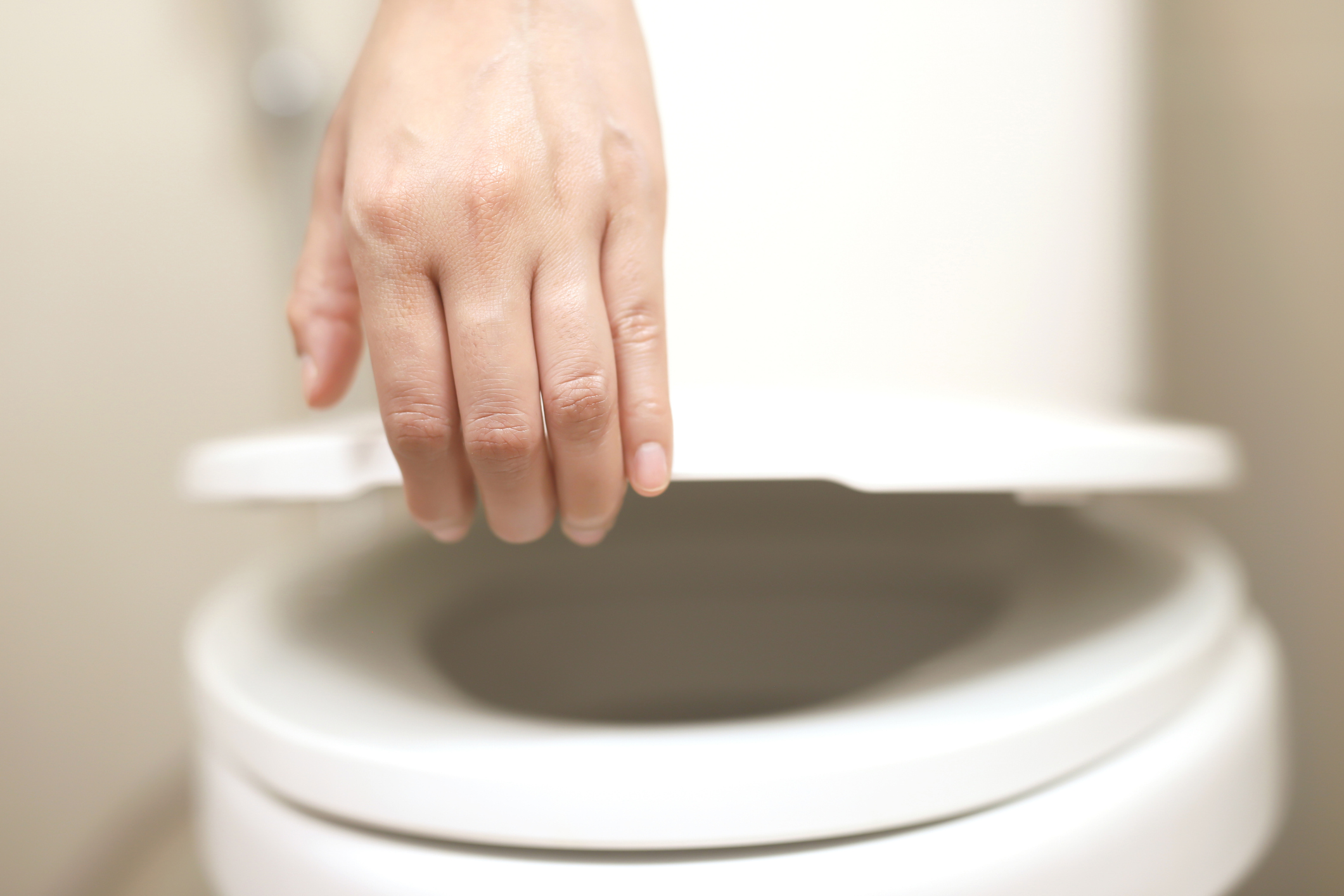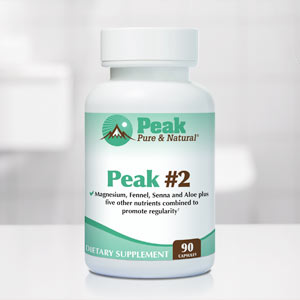Get Easy Health Digest™ in your inbox and don’t miss a thing when you subscribe today. Plus, get the free bonus report, Mother Nature’s Tips, Tricks and Remedies for Cholesterol, Blood Pressure & Blood Sugar as my way of saying welcome to the community!
Eat this food to see why you can’t go #2

You might only think of it when you’re… well, let’s just say “uncomfortable” and dealing with stomach upset, constipation or diarrhea.
However, your gut health is not just a matter of occasional discomfort. It plays a crucial role in your overall health — from regulating your mood to boosting your immunity and even controlling your blood pressure.
But unless you’ve recently been scoped or had a colonoscopy, figuring out why you strain to go #2, or maybe go too often, can be a guessing game.
Not anymore…
There’s a straightforward way to test a significant marker of gut health at home. And it’s easier than you might think. But don’t say I didn’t warn you…
Transit time: A window into your gut health
Gut problems are often first revealed by changes to your transit time. That term refers to how long it takes for food to be digested and pass through your intestines to be voided.
While transit time varies (from 12 to 73 hours), the average is 23 to 24 hours. In a healthy, balanced gut, that’s helped along by bacteria that produce metabolites from the food you eat to help your intestines move things along.
Without that balance, gut motility can swing from too fast to too slow — and both can cause trouble…
#1 – Long transit time
Long transit time is a way for your body to tell you that the bacteria in your large intestine aren’t getting enough fiber — or the right kind. When this happens, they switch to devouring protein, which can leave you gassy and inflamed.
When this goes on too long, slow gut transit can lead to abdominal pain, nausea and bloating from partially digested food that’s overstayed its time in the small intestine. A clue this is going on inside is spending too much time on the toilet and suffering from constipation.
#2 – Fast gut transit
You may suffer from loose stools when food moves too quickly through the gut. But worse is the big picture — that digested food is traveling out of your body too fast. That can lead to diarrhea, malabsorption of nutrients, dehydration, abdominal discomfort, and further gut microbiome disruption.
Some things that can cause fast transit are an overactive thyroid, gastrointestinal disorders, stress or poor diet.
Take the sweet corn test
So, how can you know if your transit time is the reason for your toilet troubles?
Well, you’ll have to bear with me because this is where it gets kind of corny…
You can test your transit time by taking the sweet corn test.
Just eat sweet corn — and then watch for it to show up next time you go #2.
Start by avoiding sweet corn for 7-10 days. Then, note the day and time you eat a small serving. After that, keep an eye on your stool. Your body can’t digest the corn’s outer shell, so it should be easily visible.
If it takes 12 hours or less to pass the corn, your transit time is too fast. If this finding is consistent, you may want to see your doctor to rule out any health issues.
On the other hand, if your gut transit time takes 48 hours or more, it’s considered slow.
The good news is, if you’re not experiencing other GI symptoms, like bloating, severe abdominal pain, lack of appetite or nausea, you can take steps to improve your transit time…
Moving, moving, moving — No more raw hide
One of the first steps should be checking your water intake. If you’re not drinking enough, stool gets dry, and waste won’t move smoothly and easily.
Next, eat more fruits and vegetables, and a variety of them to ensure you take in both soluble and insoluble fiber so your waste is formed but soft. The two types of fiber will also support your gut’s microbiome.
For many people, these two steps may be enough. But if you still aren’t experiencing normal transit time or predictable bowel movements, these supplements can help you go #2…
- Magnesium — Attracts water into your stool, stimulates bowel contractions and relaxes the anal muscles.
- Potassium — Helps keep stool hydrated for comfortable elimination.
- Slippery Elm® — Coats the colon’s inner lining and eases swelling and discomfort associated with hemorrhoids.
- Dandelion — Helps stimulate bile production, the fluid that breaks down fats during digestion.
- Collinsonia canadensis extract — Reduces tension and uncomfortable swelling in the small anal opening.
- Fennel — Stimulates the secretion of digestive enzymes, which helps break down food and form healthy stools.
- Senna Leaf — An FDA-approved, over-the-counter, nonprescription natural laxative.
- Inulin — A prebiotic to support healthy microbiome balance and promote a comfortable, passable stool consistency.
- Ancient Aloe — Lubricates the colon’s lining and stimulates colon muscles for smooth transit without uncomfortable cramping.
Editor’s note: Did you know that when you take your body from acid to alkaline you can boost your energy, lose weight, soothe digestion, avoid illness and achieve wellness? Click here to discover The Alkaline Secret to Ultimate Vitality and revive your life today!
Sources:
How Well Is Your Gut Working? There’s a Grossly Simple Way to Check. – Science Alert













